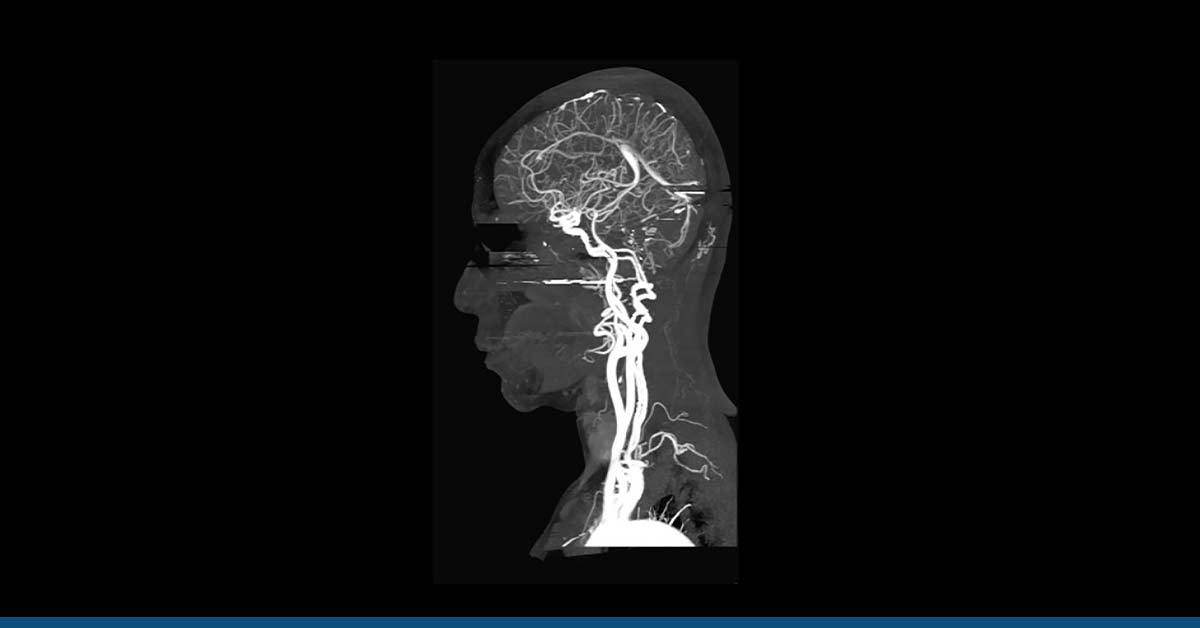Table of Contents
ToggleSecondary Hyperparathyroidism: An Overview
Secondary hyperparathyroidism is caused due to overactive parathyroid glands become overactive in response to low calcium levels in the blood.
This condition is typically caused by an underlying condition that affects the body’s ability to absorb or regulate calcium, such as chronic kidney disease or vitamin D deficiency.
The overactive parathyroid glands release excessive parathyroid hormone (PTH), which stimulates the release of calcium from the bones and increases calcium absorption from the intestines.
Secondary hyperparathyroidism can cause various symptoms, including bone pain, muscle weakness, and fatigue. In severe cases, it can lead to bone loss and an increased risk of fractures.
The condition is typically diagnosed through a combination of physical examination, blood tests, and imaging studies. Treatment may involve medication, lifestyle changes, and in some cases, surgery to remove the affected parathyroid gland.
With appropriate diagnosis and treatment, many patients are able to manage their symptoms and improve their overall health.
Symptoms of Secondary Hyperparathyroidism
Symptoms of secondary hyperparathyroidism can develop gradually over time as the condition progresses. The overactive parathyroid glands release excessive amounts of parathyroid hormone (PTH), which can lead to a loss of calcium from the bones, increased calcium absorption in the intestines, and decreased excretion of calcium by the kidneys.
One of the primary symptoms of secondary hyperparathyroidism is bone pain, which can be localized to specific areas or affect the entire body.
This pain is often described as dull or aching and may worsen at night or with movement. Other symptoms may include muscle weakness, fatigue, and generalized malaise.
In severe cases, secondary hyperparathyroidism can lead to bone loss, fractures, cardiovascular disease, hypertension, and impaired kidney function.
It’s important to seek medical attention if you experience any of these symptoms, as early diagnosis and treatment can help to prevent further complications.
A healthcare professional can perform a physical examination, order blood tests and imaging studies to diagnose the condition, and recommend an appropriate course of treatment.
Secondary Hyperparathyroidism Causes
Secondary hyperparathyroidism causes may be severe as it is a condition that can occur when other factors in the body overstimulate the parathyroid gland.
The parathyroid gland produces a parathyroid hormone (PTH), which is responsible for regulating the body’s calcium and phosphate levels. When calcium levels are low, the parathyroid gland increases the production of PTH, which in turn stimulates the bones to release more calcium and the kidneys to retain more calcium and excrete more phosphate.
Chronic kidney disease is also a common leading cause of secondary hyperparathyroidism, leading to imbalances in the blood’s calcium and phosphate levels.
When the kidneys do not function properly, they cannot remove excess phosphorus from the blood, leading to high phosphorus and calcium levels. This can cause the parathyroid gland to become overactive, leading to increased production of PTH.
Other causes of secondary hyperparathyroidism can include vitamin D deficiency, malabsorption disorders, certain medications, and some chronic diseases such as liver disease or inflammatory bowel disease. In some cases, secondary hyperparathyroidism may be a complication of bariatric surgery or radiation therapy to the neck area.
Diagnosing and treating secondary hyperparathyroidism promptly is important to prevent long-term health complications, such as bone loss, fractures, and cardiovascular disease.
Treatment options may include medications to regulate calcium and phosphate levels, vitamin D supplementation, and in some cases, surgery to remove the affected parathyroid gland.
Secondary Hyperparathyroidism Diagnosis
Diagnosing secondary hyperparathyroidism typically involves a combination of physical examination, blood tests, and imaging studies.
A healthcare professional will typically begin with a physical exam to check for signs of bone loss, muscle weakness, and other symptoms of the condition.
Blood tests are typically used to measure levels of calcium, phosphate, and parathyroid hormone (PTH). PTH levels are typically elevated in secondary hyperparathyroidism, while calcium levels are low.
Imaging studies, such as X-rays or bone density scans, may also be used to evaluate bone density and detect any signs of bone loss. In some cases, a special imaging study called a sestamibi scan may be used to locate the affected parathyroid gland, which can help guide treatment.
Treatment for Secondary Hyperparathyroidism
The treatment for secondary hyperparathyroidism depends on the underlying cause of the condition. One of the most common treatments for secondary hyperparathyroidism is medications that can help regulate calcium and phosphate levels in the blood.
These medications may include phosphate binders, which work by reducing the absorption of phosphorus in the intestines, or vitamin D supplements, which can help to increase calcium levels in the blood and reduce the production of PTH.
Surgical intervention may be necessary for patients with more severe cases of secondary hyperparathyroidism.
The most common surgical procedure for secondary hyperparathyroidism is parathyroidectomy, which involves the removal of the affected parathyroid gland or glands. This procedure can help to reduce the production of PTH and stabilize calcium and phosphate levels in the blood.
In addition to medication and surgical options, patients with secondary hyperparathyroidism may also benefit from lifestyle changes, such as dietary modifications and exercise.
A high calcium and low phosphorus diet can help manage calcium and phosphate levels in the blood, while regular exercise can help improve bone density and reduce the risk of fractures.
Conclusion
Overall, secondary hyperparathyroidism is a complex condition that can cause various symptoms and complications, particularly in patients with chronic kidney disease.
Early diagnosis and treatment are essential for preventing further bone loss, fractures, and other serious health problems. If you are experiencing symptoms or have risk factors for the condition, it’s important to seek medical attention promptly.
At HG Analytics, we offer advanced diagnostic tests and imaging studies to help healthcare professionals diagnose secondary hyperparathyroidism and other conditions accurately.
Our team of professional healthcare workers is dedicated to providing high-quality diagnostic services that are reliable, efficient, and patient-centered.
Contact us today to learn more about our diagnostic tests and how we can help you manage your health.
More On Thyroid-Related Issues:
- Is There Any Connection Between Headache And Thyroid?
- Thymus Vs. Thyroid – What’s the Difference?
- Can Stress Cause Thyroid Issues or Hyperthyroidism?
- What Is The Normal Size Of A Thyroid? How To Know The Exact Size?
- Diffuse Thyroid Disease: Causes & Diagnosis
- Signs And Symptoms Of Parathyroid Disease
- Thyroid Ultrasound – An Inside Look At Your Health
- 7 Early Warning Signs Of Thyroid Problems





